With Inside Out 2, Pixar might have found its Toy Story successor
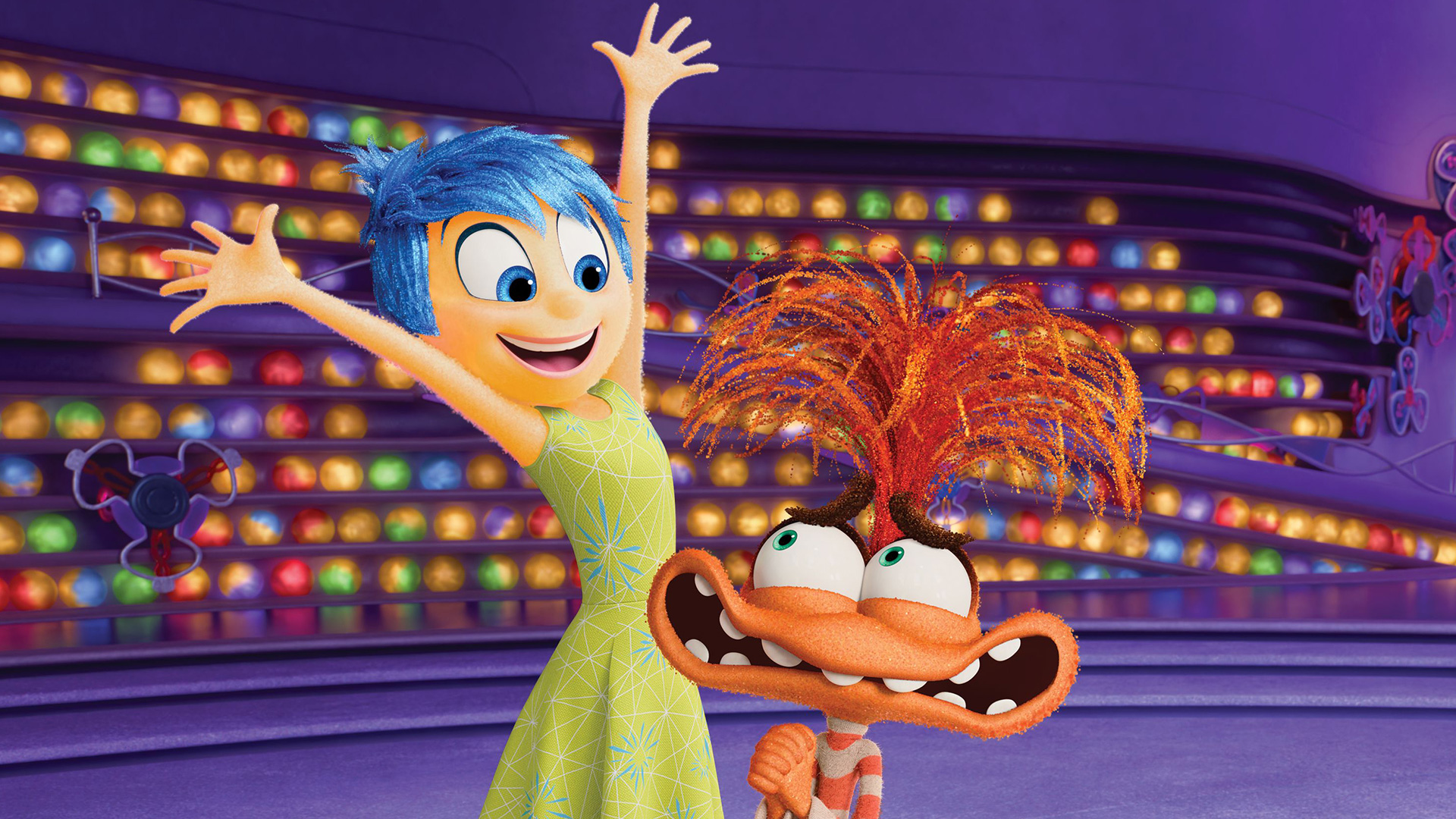
Pixar’s Oscar-winning head-trip of a film grows up with Inside Out 2. Not so much an improvement than an expansion on the original, Liam Maguren reckons it’s a great next step in a series that could move into even more exciting territories.
Pixar’s Inside Out was one of the defining films of the mid-2010s. An animated family blockbuster that dared to be daring in a space that too commonly plays it safe, it challenged audiences of all ages to absorb its wildly inventive and visually striking depiction of the mind. A sequel to such a triumph would typically make people nervous but you got to admit: when the first film revealed the Puberty Alarm, you wanted to see what would come next, right?
Not so much an improvement as an expansion on the original concept, Inside Out 2 is a great next step in a series that could move into even more exciting territories. This new story sees Riley, now in her first year as a teenager, navigating the mental side of becoming an adolescent girl (as opposed to the physical side, aptly covered in Domee Shi’s Turning Red). This equates to belief strands that build her sense of self, a larger control panel that Joy, Sadness, Fear, Anger, and Disgust struggle to get to grips with, and the introduction of new emotions Anxiety, Envy, Embarrassment, and Ennui.
While the first film touched on Riley’s love for ice hockey, Inside Out 2 puts the sport in focus, which makes for a neat point of difference. The opening scene stylishly showcases Riley’s skills with the puck and the original five emotions’ ability to work as a team. Joy’s no longer a destructive control freak; that title now goes to Anxiety, who takes it upon herself to “guide” Riley through ice hockey camp. Squeezing together the need to impress the older girls with the need to impress the head coach, it proves to be a real stress sandwich for teen Riley.
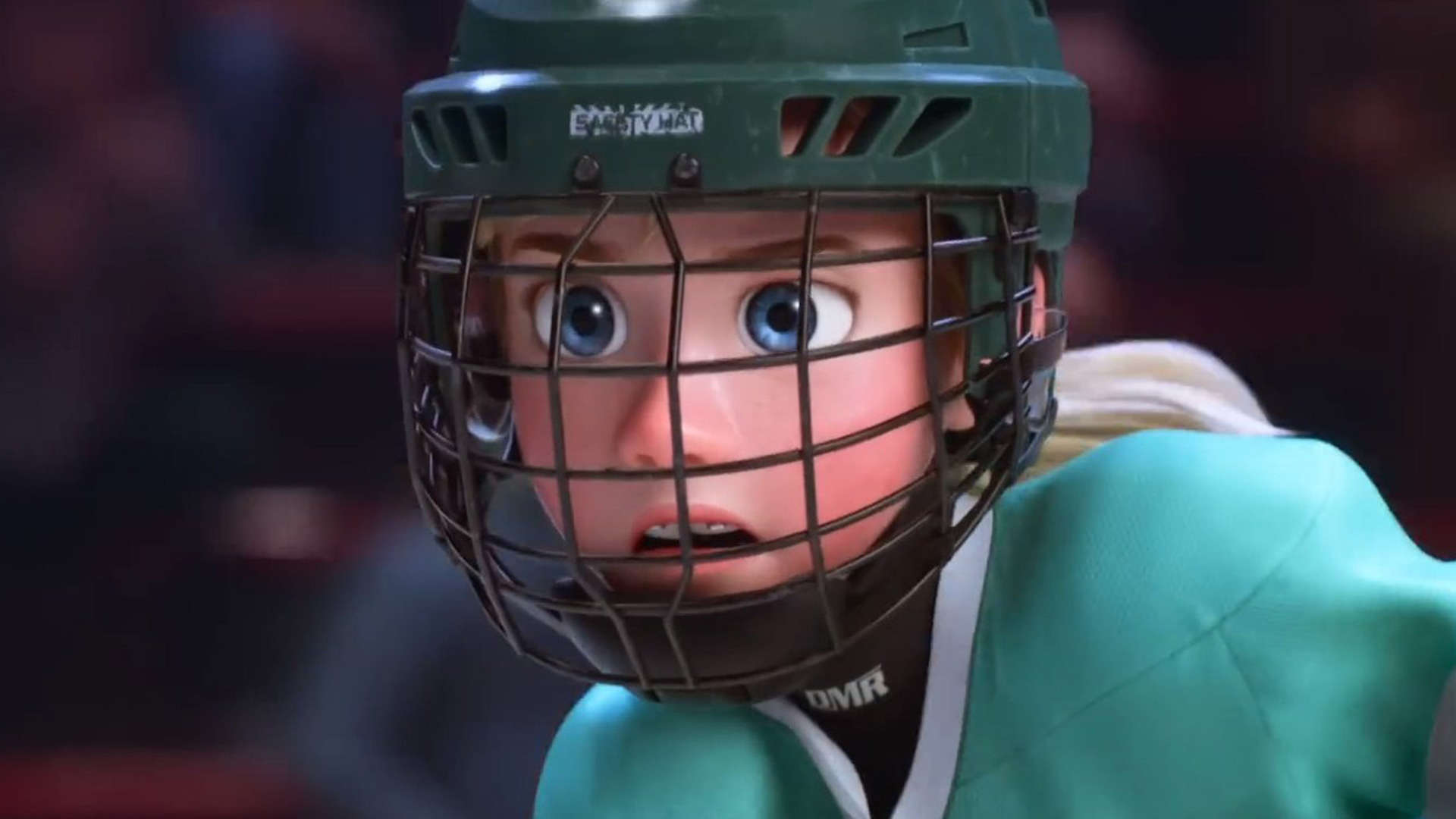
It’s worth noting that this is not a film about an anxiety disorder. Riley isn’t suffering with this on a day-to-day basis, and the film doesn’t go beyond its reach in this department. The anxiety shown in Inside Out 2 plays more like the emotion most people will recognise in themselves—the kind that can serve a purpose but can also run rampant in the wrong circumstances.
Voiced with peppery jitters by Maya Hawke, Anxiety is this sequel’s crown jewel. She’s an engrossing type of protagonist whose motives are painfully understandable but clearly misdirected. The story’s clearly built around her with quiet giant Embarrassment and sluggishly cool Ennui acting as great counterpoints to her high-energy, fast-talking antics. Wide-eyed Envy helps fill out this well-realised teenage mind, though this one particular emotion feels underused by comparison. (There’s also a fifth new emotion who’s also shuffled into the background, but that actually makes for a good gag.)
Overpopulation’s a risk any sequel faces when adding new cast members to the fold and Inside Out 2 can’t quite dodge it. Much like Envy, there’s a nagging sense that the film doesn’t quite know what to do with Fear, Anger, and Disgust beyond making them Joy’s sidekicks. And like the Toy Story films, which typically involve the lost toys having to get back to Andy time and time again, there’s a certain strand of repetitiveness with the plot: Joy and Sadness are kicked out of headquarters—again—and must make their way back—again—to restore emotional balance—again—before Riley does something she’ll regret—again.
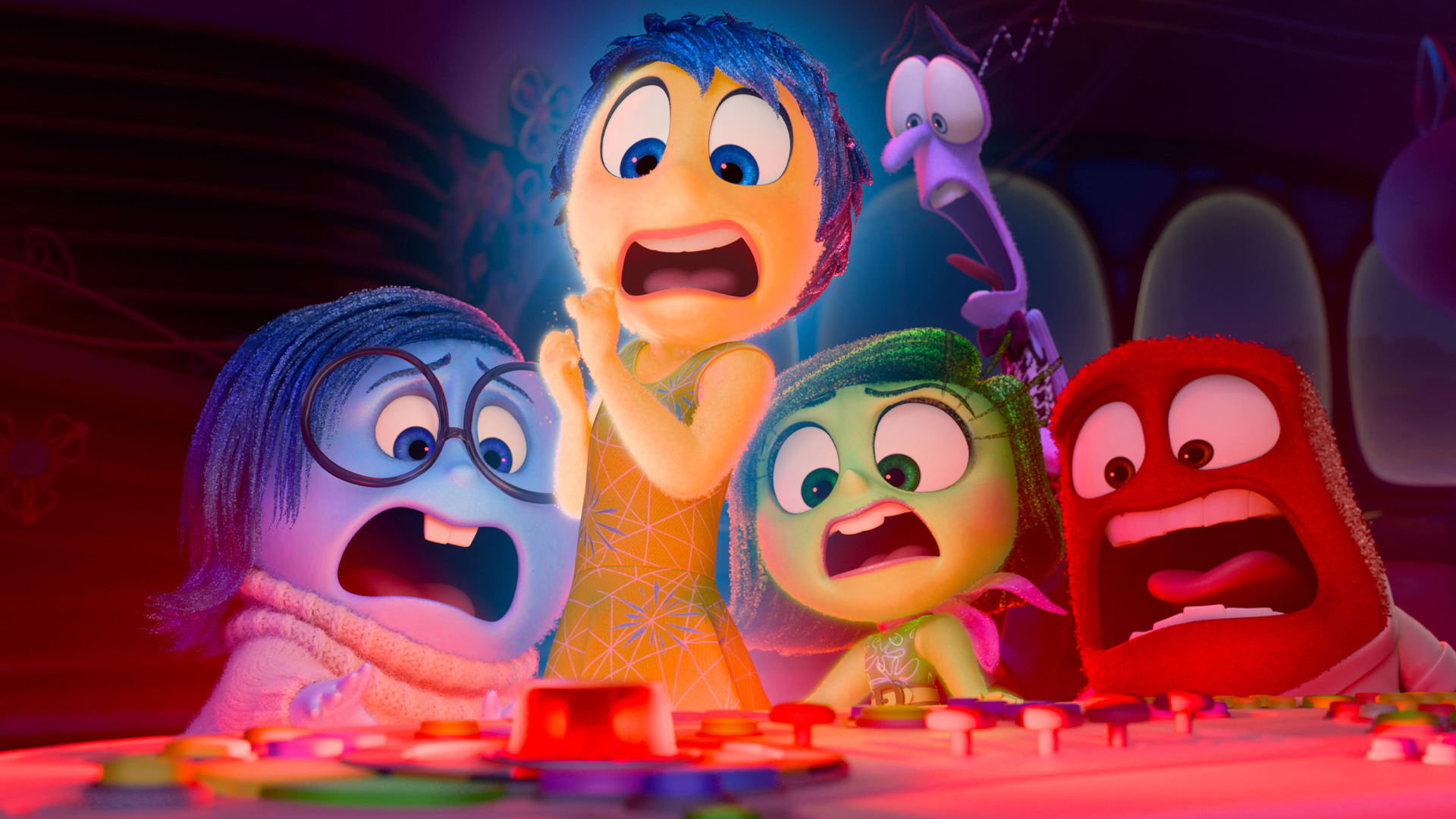
There are also Dad Joke-levels of word play that, while fun to see writ large, are put in as story obstacles within the world that don’t feel completely thought through. The most painful one involves a sarcastic quip Riley makes which somehow equates to a gigantic tear in her brain, halting Joy and the crew in their tracks. Given how cleverly this world’s been mapped out, it feels like an oddly dumbed-down decision made for the sake of a pun.
Fortunately, this flawed “quest” element isn’t the most important aspect of Inside Out 2; it’s the chaotic coordination between Riley’s turbulent emotions and her stressful situation. Once again, it makes for compelling cinema, ably distilling the complex and nuanced social situations Riley faces into expressive and broadly entertaining character comedy.
In one of the film’s more ingenious moments, Anxiety co-opts Imagination Land for her own purposes, with the workers blasting through imagery like animators during crunch. The analogy hits hard in more ways than one. There are also added stakes in the form of negative strands of belief which infect Riley’s identity with poor judgement, character flaws, and shameful mistakes. Suddenly, this good kid is turning into an actual person, and it’s a conflicting, engrossing thing to witness.
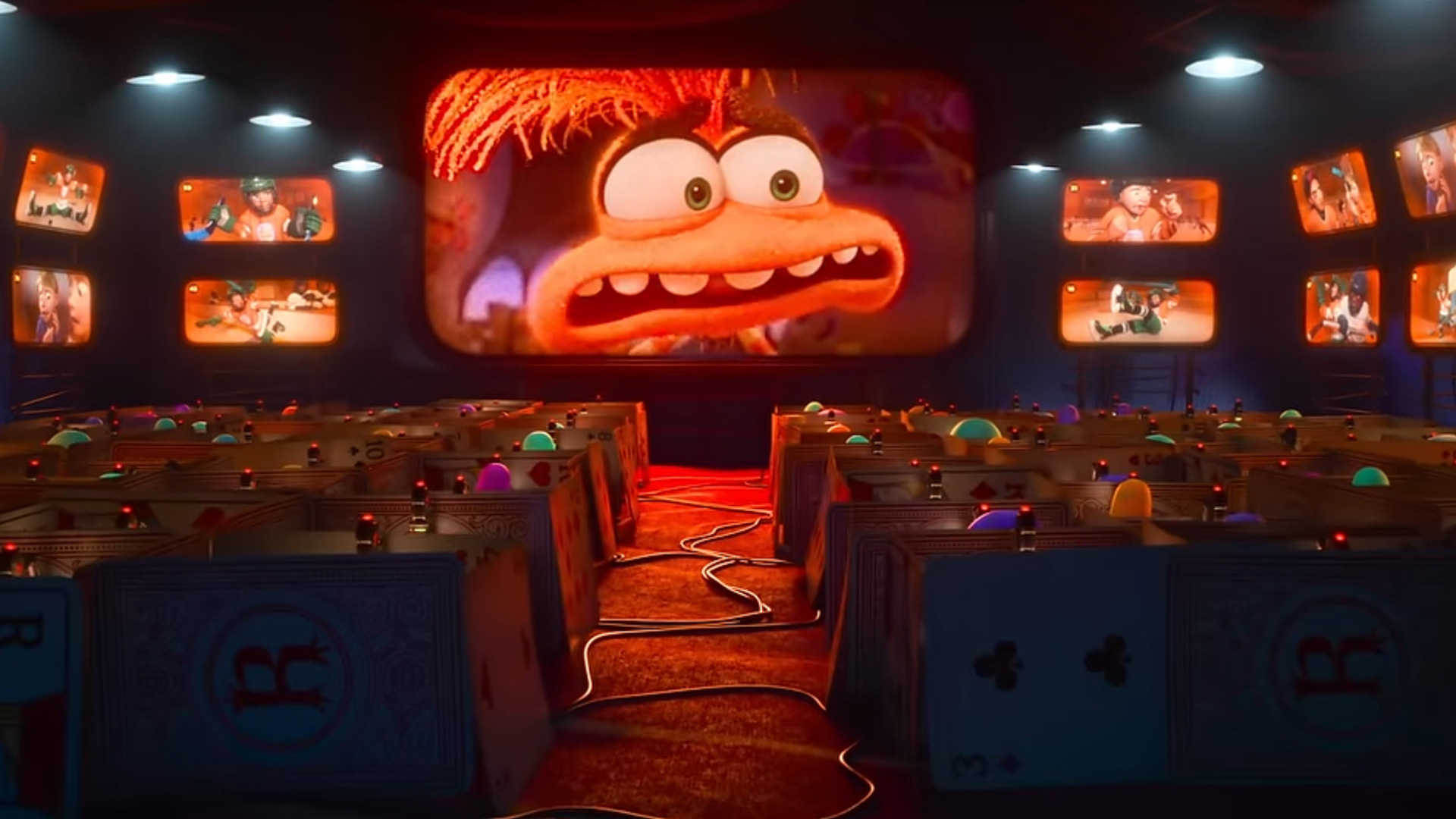
It’s also hard to overstate just how affecting Inside Out 2’s depiction of anxiety becomes in the final act. Zeroing in on a crucial ice hockey event, the film’s climax delivers a surprising amount of tension and an affecting amount of heart. It’s hard not to feel like a worried parent unable to do anything for poor Riley when anxiety consumes her—a moment painfully but beautifully performed by the animators.
However, it’s also vital that her parents aren’t around, as it leads to Inside Out 2’s boldest and quietly uplifting moral: mental healing is a natural part of who we are. While you wouldn’t want to overgeneralise the point for every kind of brain out there, it’s easy to forget our own abilities to recover from many of life’s mentally challenging situations. Often, it requires a hearty understanding of our headspace, and I’m compelled to believe that this series, in its own light-hearted and entertaining way, is helping people of all ages do that.
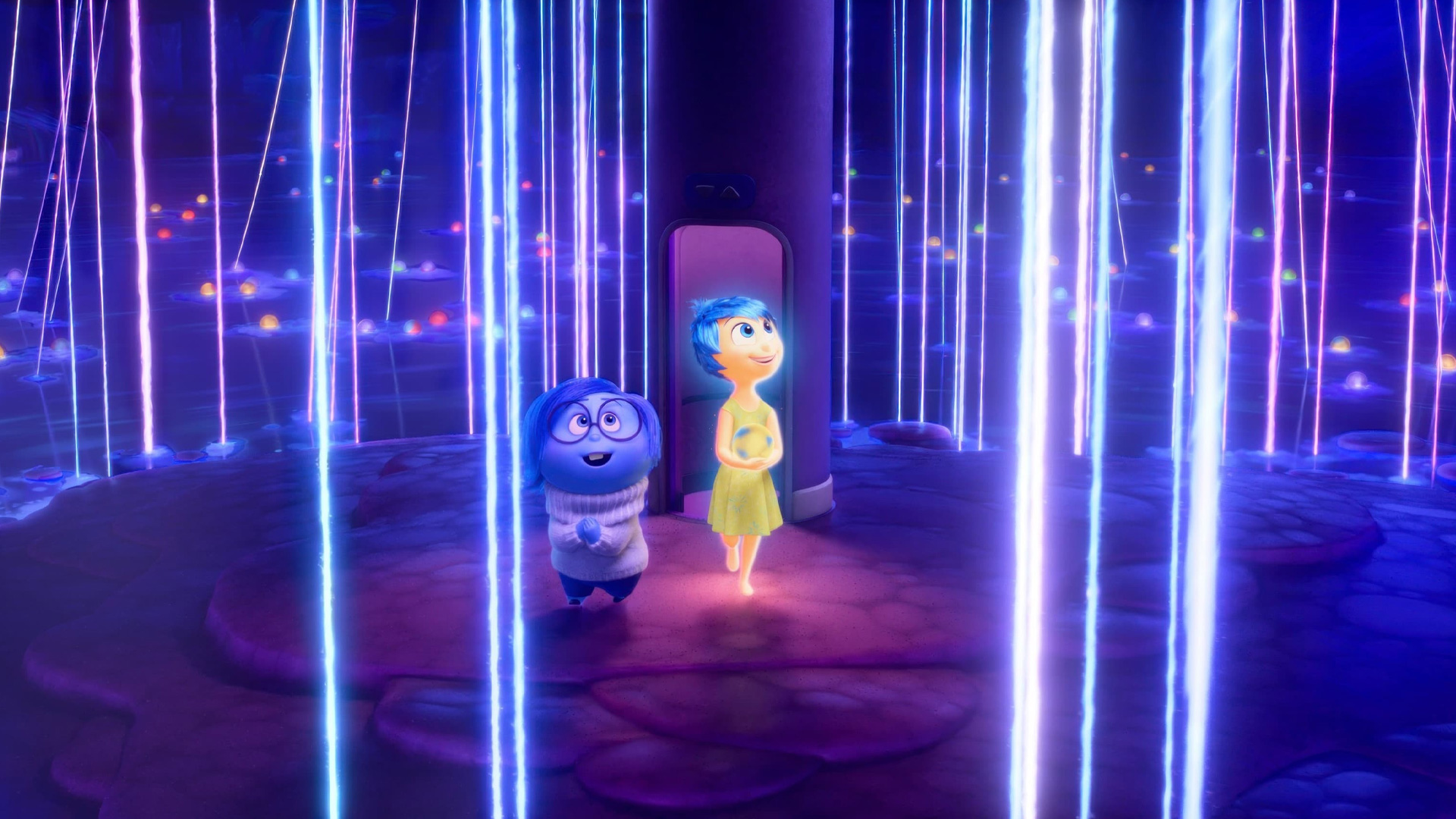
So what would an Inside Out 3 look like? This second film certainly leaves you wondering; not because of any particular teaser like the Puberty Alarm, but rather you can’t help but be drawn by the prospect of seeing Riley mentally conquer life’s big milestones as she gets older. She is, in essence, the new Andy, and if Pixar dares to push the series further into bolder directions, it may very well be the successor to the Toy Story franchise.
I mean, who else is going to make a family animated film about the mental battle of a female ice hockey college athlete as she struggles to pay rent while fighting for fair pay? Or the bittersweet follow-up where Riley bids farewell to her emotions after taking up a lucrative career as a lobbyist for a deep-sea oil drilling company?



















